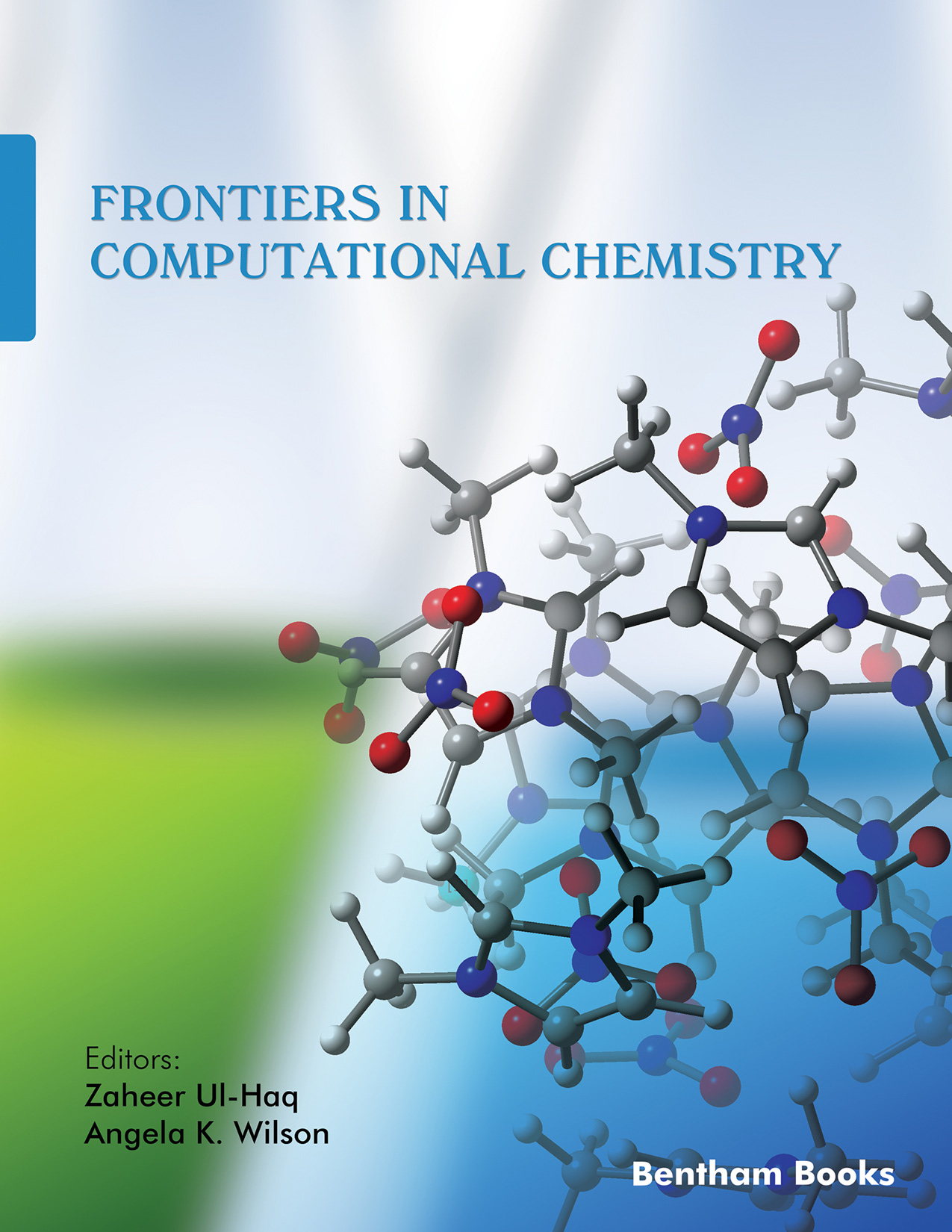Computational Chemistry has evolved into a multifaceted discipline, encompassing a wide range of applications from understanding protein-ligand interactions to the development of large nano-carriers for drugs. Frontiers in Computational Chemistry aims to present comprehensive material on the application of computational techniques in biological and chemical processes. This includes computer-aided molecular design, drug discovery and delivery, lead generation and optimization, quantum and molecular mechanics, computer and molecular graphics, as well as the creation of new computational methods and efficient algorithms for simulating a wide range of biophysical and biochemical phenomena, particularly in analyzing biological or chemical activity.
In this volume, we explore five distinct perspectives on the application of simulation methods in drug design and discovery, biosensing, and the elucidation of cellular molecular interactions:
Chapter 1, "In Silico Tools to Leverage Rational Drug Design and Development in LMICs," underscores the significant impact of computational tools on drug discovery and development, especially in low and middle-income countries. This chapter highlights various strategies for drug target selection, optimization of novel drug candidates, and cost-effective drug repurposing.
Chapter 2, "Computational Chemistry in Adsorption Studies: The Cases of Drug Carriers and Biosensors," explores the role of computational methods in designing nanomaterials for drug carriers and biosensors. It provides an overview of adsorption processes, with examples of adsorbent materials (e.g., activated carbon) and the main interactions in adsorbate-adsorbent complex formation, supported by density functional theory.
Chapter 3, "Perspective on the Role of Quantum Mechanical Calculations on Cellular Molecular Interactions," examines how quantum mechanical calculations enhance our understanding of cellular interactions, including metal interactions and hydrogen bonding. The chapter emphasizes the importance of these calculations in studying the Arg-Gly-Asp (RGD) sequence, crucial for cellular binding to the extracellular matrix (ECM). Since cell adhesion to the ECM occurs via integrin-RGD binding, these calculations significantly impact our understanding of cellular adhesion and movement along the ECM.
Chapter 4, "Computational Approaches in Evaluating the 5-HT Subtype Receptor Mechanism of Action for Developing Novel Chemical Entities," focuses on molecular modeling techniques for studying G-protein coupled receptors (GPCRs) and 5-HT receptors related to neurological disorders.
Chapter 5, "Current Trends in Molecular Modeling to Discover New Anti-inflammatory Drugs Targeting mPGES1," highlights the latest advances in computational methods for designing anti-inflammatory drugs targeting mPGES1. Both chapters cover the application of various computational methods, including homology modeling, docking, dynamics, and quantum mechanical/molecular mechanical (QM/MM) approaches for their respective targets.
We hope this volume provides valuable insights and shares advancements in the field of computational chemistry, demonstrating its essential role in the ongoing quest for innovative solutions in drug design and development.
Zaheer Ul-Haq
Dr. Panjwani Center for Molecular Medicine and Drug Research
International Center for Chemical and Biological Sciences
University of Karachi
Karachi
Pakistan
&
Angela K. Wilson
Department of Chemistry
Michigan State University
USA

